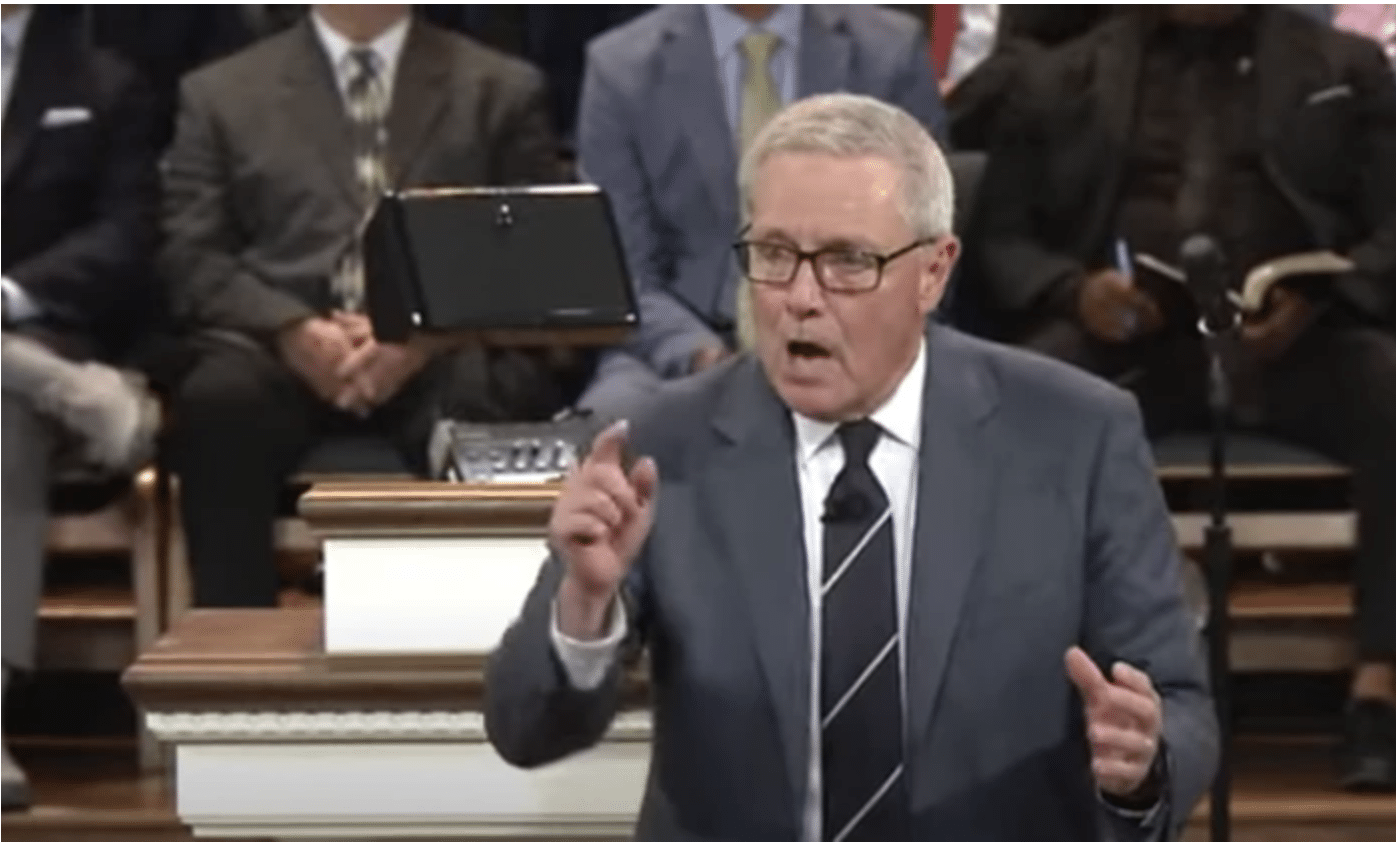(Market Watch) – The Federal Reserve has never been more famous than it is today. It drew praise, and ire, for its handling of the financial crisis a decade ago, and the extraordinary measures it took subsequently to stimulate the U.S. economy have made it an important driver of financial markets.
Meanwhile, President Trump has made its chairman, Jerome Powell, a household name by frequently criticizing the central bank’s policies on Twitter and to the press. A movement, meanwhile, has been brewing among economists, financial-services professionals, and central bankers to encourage a rethinking of the technology of currency — those paper notes we carry in our wallets — with an eye toward issuing a digital currency.
Some argue that could give central banks the tools necessary to break free of chronic disinflation and persistently low or negative interest rates while providing Americans a risk-free means to transact in a world where digital commerce constitutes a growing share of the economy.
“The debate isn’t about whether we need [a digital currency],” Michael Bordo, an economist at Rutgers University and a fellow at the Hoover Institution, the public-policy think tank at Stanford University, told MarketWatch. “It’s about how you do it.” Americans already use digital currency for most of their purchases. In 2018, they used physical dollars for just 26% of transactions, versus 62% with digital currency, which includes credit cards, debit cards, and bank transfers, according to the Fed. READ MORE
















